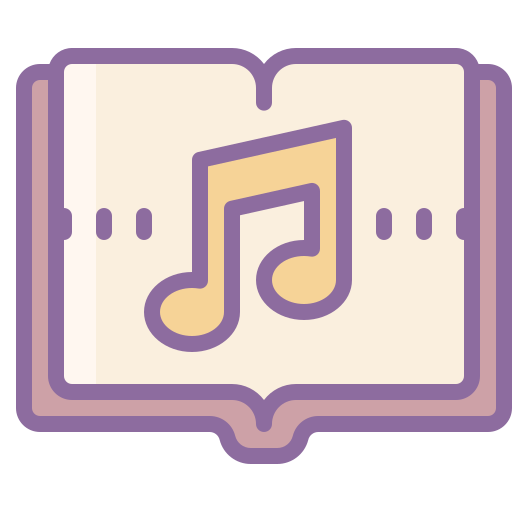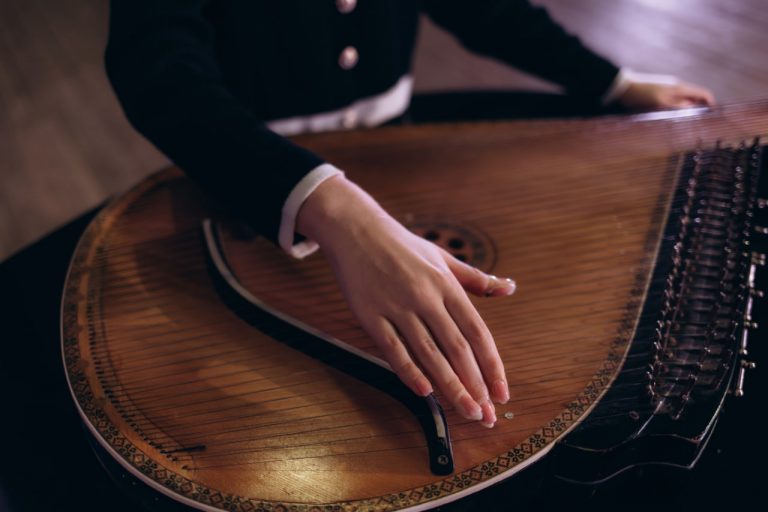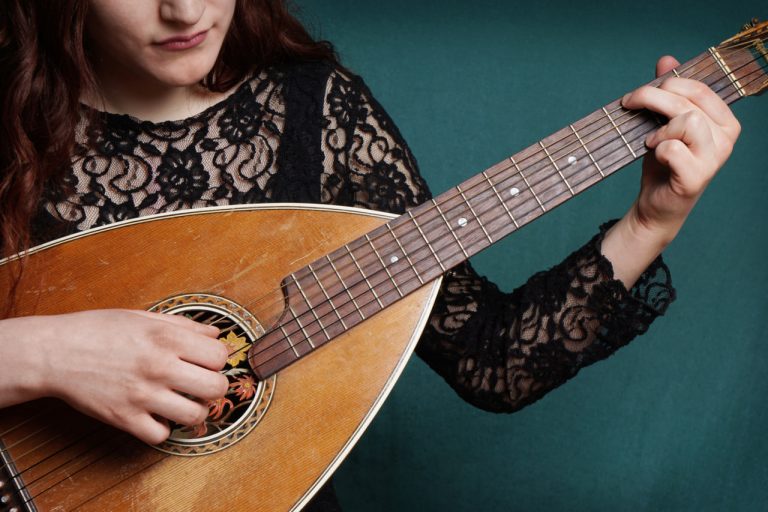The oud, a pear-shaped, fretless string instrument with deep roots in Middle Eastern music, has long been celebrated for its rich, warm tones and expressive capabilities. Traditionally associated with classical Arabic, Turkish, and Persian music, the oud is now experiencing a resurgence in contemporary fusion genres. Musicians around the world are embracing the oud’s unique voice to blend cultural sounds and create new musical landscapes. This blog explores the role of the oud in contemporary fusion music and how it acts as a powerful bridge between cultures through sound.
The Historical Significance of the Oud
Understanding the oud’s historical and cultural significance is essential to appreciating its role in modern music. The instrument dates back thousands of years and is often considered the ancestor of the European lute. It has been a fundamental instrument in Middle Eastern music for centuries, used to convey deep emotions through intricate melodies and improvisation.
Traditionally, the oud’s fretless design allows for the microtonal nuances characteristic of Middle Eastern maqamat, or modal scales, lending the instrument an expressive flexibility unmatched by many Western string instruments. This expressiveness is what makes the oud so compelling and adaptable in modern fusion music.
Oud Meets Fusion: A New Musical Dialogue
In contemporary fusion music, the oud transcends its traditional boundaries by collaborating with a wide variety of musical styles including jazz, rock, electronic, and world music. This fusion creates an innovative soundscape where the oud’s ancient tonal qualities meet modern rhythms and harmonies.
Artists are increasingly using the oud to add texture, emotional depth, and cultural richness to their compositions. The instrument’s fretless nature allows musicians to explore bending notes, slides, and vibratos that are difficult to achieve on fretted instruments, making it an ideal choice for experimental fusion projects.
Bridging East and West Through Sound
One of the most significant roles the oud plays in contemporary fusion is as a cultural bridge. By combining traditional Middle Eastern sounds with Western musical elements, the oud helps create a dialogue between different musical traditions. This blending often highlights the shared human emotions that music conveys across cultures.
For example, in jazz fusion, the oud’s modal melodies complement improvisational solos, enriching the harmonic palette and expanding the emotional range of the music. In electronic music, producers sample and manipulate oud recordings to create ambient textures that evoke a sense of place and heritage while pushing sonic boundaries.
Collaboration and Cross-Cultural Innovation
Contemporary fusion thrives on collaboration, and the oud has become a favorite among musicians looking to explore new territories. Many oud players actively seek partnerships with artists from different genres, such as guitarists, drummers, and electronic producers, to craft unique sounds.
These collaborations often involve blending the oud’s melodic traditions with modern production techniques, looping, and effects processing. This not only preserves the instrument’s cultural identity but also makes it accessible to global audiences who might be unfamiliar with Middle Eastern music.
Technical Adaptations for Fusion Music
To fit seamlessly into modern fusion ensembles, some oud players modify their instruments or playing techniques. For instance, amplification through pickups or microphones enables the oud to hold its presence in louder, more dynamic band settings. Effects pedals and digital processing can alter the oud’s tone, creating sounds ranging from ethereal and atmospheric to gritty and aggressive.
Players might also adapt their repertoire to incorporate Western scales, rhythms, and song structures, blending maqam-based melodies with jazz chords or rock grooves. This adaptability highlights the oud’s versatility and expands its role beyond a purely traditional instrument.
The Oud in Contemporary Global Music Scenes
The oud’s presence in fusion music is growing worldwide. In the United States and Europe, musicians are incorporating the oud into diverse genres, from indie and experimental music to hip-hop and cinematic scores. In the Middle East and North Africa, younger generations are reinventing oud music by fusing it with global trends, thus keeping their musical heritage alive and relevant.
Festivals and cultural exchanges dedicated to world music often feature oud performances, encouraging cross-cultural appreciation and understanding. This exposure fuels further innovation and inspires musicians to continue pushing the boundaries of what the oud can express.
The Emotional Power of the Oud in Fusion
Beyond technical and cultural aspects, the oud’s greatest contribution to fusion music lies in its emotional expressiveness. The instrument’s ability to convey longing, joy, sorrow, and celebration resonates deeply with listeners, regardless of their cultural background.
In fusion music, the oud often serves as a voice that transcends language, connecting audiences to the universal human experience. Its melodies can evoke memories, tell stories, and create immersive atmospheres, making it a vital tool for contemporary musicians seeking emotional authenticity.



